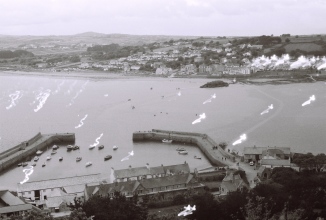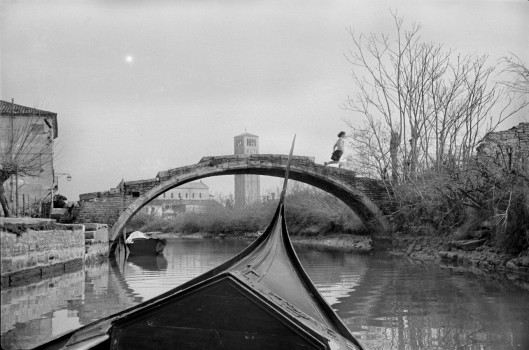
Boathouse Row at night. Image courtesy of http://www.wikipedia.org
There was once a time, in high school, when I thought I might be an athlete. Cleaning out the attic the Christmas Break of my freshman year, I came across a faded, musty photo of my great-uncle’s rowing team. They were all tall and toned and stared grimly at the camera, gripping their oars, their faces determinedly blank and pupil-less. The introductory meeting for my high school’s novice crew team was held at the boathouse down on Kelly Drive: dozens of similar photos cluttered the walls, sepia against wall-paneled oak. There is a quiet exclusivity to a sport that needs a river: I felt its tug of history and decided to enroll.
The Schuylkill was our playing field, bordered by the Victorian gables of Boathouse Row that lit up at night like gingerbread houses. Our dock was the second-to-last and closest to the waterfall dam; a line of ropes stretched out just in front to cling onto if we drifted too close. It wasn’t a real harbor—the Schuylkill curved into the Delaware, which turned south before the Atlantic—but it was the point of departure and the place of return for our creaky but sturdy eight.





